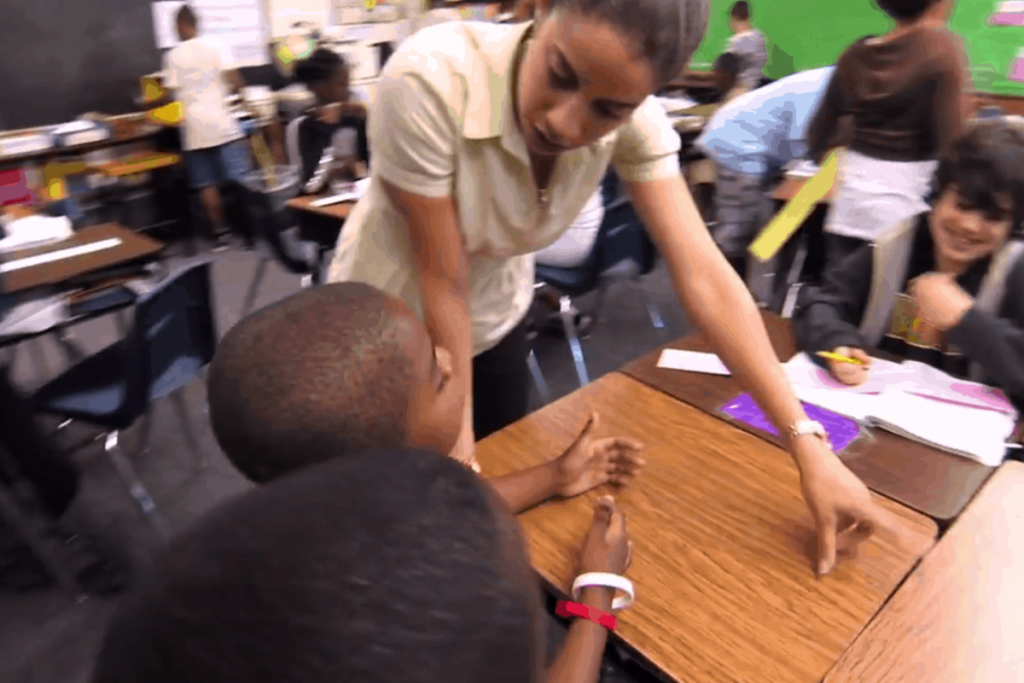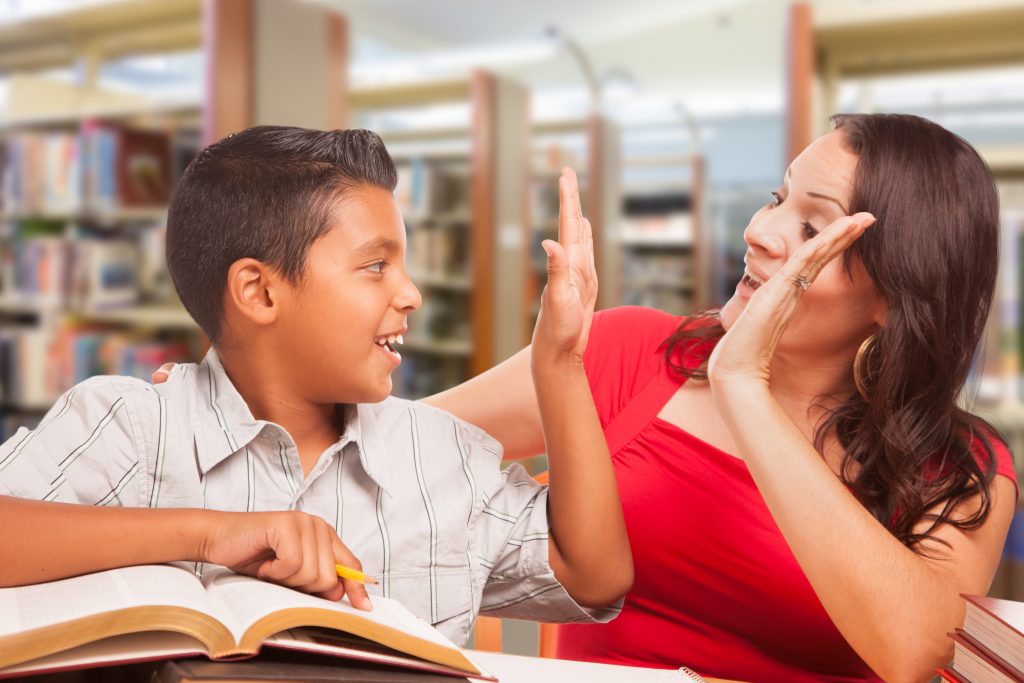How Learning Pods Are Being Used To Create Equity
A small school district under state control is looking to address student equity problems with learning pods.

Rhode Island’s Central Falls School District (CFSD) is comprised of six schools. The district, like the state that occupies it, is small in stature, only occupying a mere one square mile. But within the school district, there looms a large learning concern among students and the answer the school district has come up with is learning pods. Financial difficulties have made it necessary for the state to take over the CFSD for the past 30 years. The district only enrolls nearly 2,900 students and 68% of them are eligible for reduced-price or free lunches. Of the entire student population, 80% of them are students of color. The majority of those (54.3%) are Hispanic/Latino. 24% of those are English language learners.
With numbers such as those, it shouldn’t come as a shock that the COVID pandemic caused a lot of problems for these students. Another issue students faced was the fact that CFSD teachers have very dissimilar backgrounds and have very little understanding of their students’ experiences. As students fell further and further behind, a solution was necessary. Learning pods appear to be it.
District leaders found this inspiration based on the success more affluent communities have shown since employing learning pods for their children. So, the district decided to partner with the city’s local Highlander Institute and Freedom Dreams and develop their own style of learning pod. This style, as it turns out, required an assist from the Central Falls community.
What the school district was hoping for with community interest in the learning pods was to re-engage students they felt they lost during the pandemic. An added benefit of the learning pods was to diversify the district’s teacher pipeline. The small city was looking to make pod leaders from community members and have them build the bridge between students’ learning and their interests.

According to Tatiana Baena, CFSD’s director of grants and federal programs, they put the focus on three core values – empowerment, equity, and excellence – when searching for the ideal learning pods leaders. These include leaders who (1) have some type of connection to Central Falls. They must live in the city or have gone to school there. They could also work there or even have family in the city; (2) they must be willing to go that extra mile and be able to work with students and their families outside the normal school hours; (3) a good learning pod leader will help students recognize passions and interests; (4) a pod leader will be willing to learn or get help if they are lacking in their own skills needed to help students; (5) they will also have to work with students up to 18 flexible hours in either an individual setting or in groups.
An individual learning pod could include setting goals or enhancing a student’s academic skills. In a group learning pod, which could see anywhere from 3 to 10 students, a pod leader could help students form better peer relationships. They could also work on supporting the groups’ social-emotional needs that saw the pandemic damage.
As she was working with the Central Falls learning pods, founder and CEO of Freedom Dreams, Simona Simpson-Thomas said community members had initial tension around the idea of the learning pods. “They also have shared their own trauma, in some cases — experiences with the same high school that they’re now trying to come back and give [at],” said Simpson-Thomas to K-12 Dive. But further discussion helped eventual pod leaders realize that they did have what it takes to make situations better for current students.

A major positive to the learning pods for students, says Simpson-Thomas, is the comfort level seen by the involved students. Once they see others in their pod who look like them, or when they find out that their learning pod leader went to school with their parents, the students become more at ease. The school district, keeping track of student attendance as well as engagement data within the program has shown great student growth across all learning pods.
To gain an understanding of what parents wanted to see from these learning pods, Central Falls focus groups that included both students and their families, were held. “A huge part of what we heard from the families in terms of what they wanted us to prioritize was around that social aspect, the social-emotional piece, the psychological impact of the pandemic on their kids,” said Malika Ali, chief innovation officer at the Highlander Institute.
So far, Central Falls leaning into learning pods has been a win-win, which is something students were in desperate need of. What the district is now seeking is more funding to keep the learning pods rolling along. Their initial funding comes from The New Teacher Project and the Center for Reinventing Public Education. The CFSD is now exploring the possibility of more funding through ESSER funding, Title I and Title IV grants, and any other grant opportunity that could help the district continue its learning pods.



